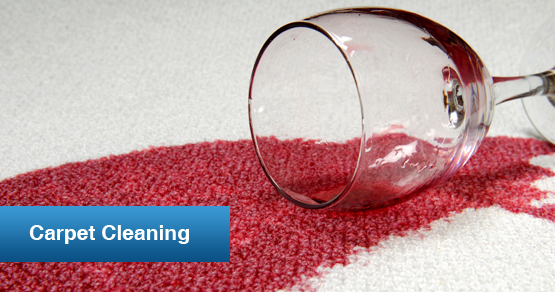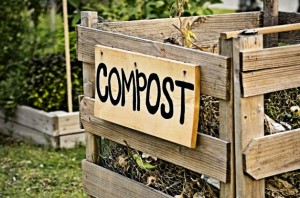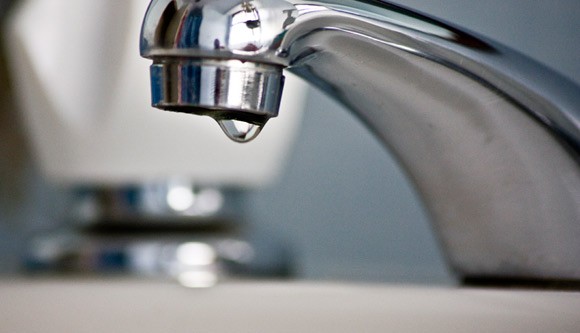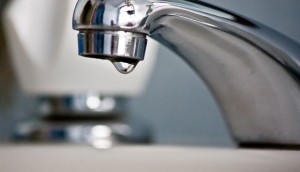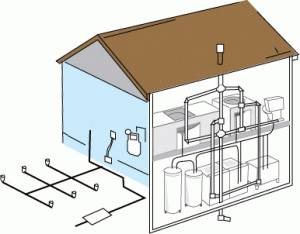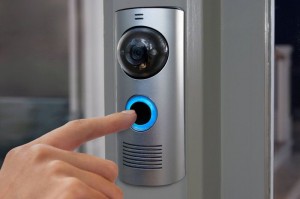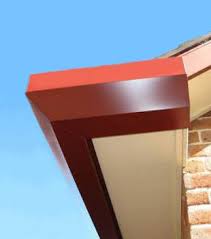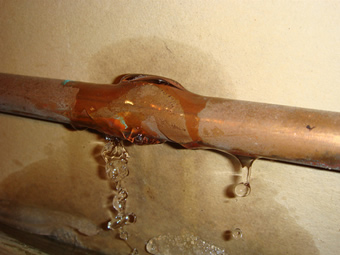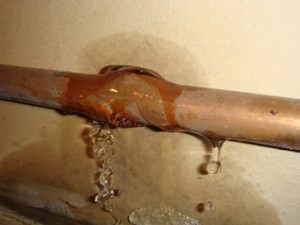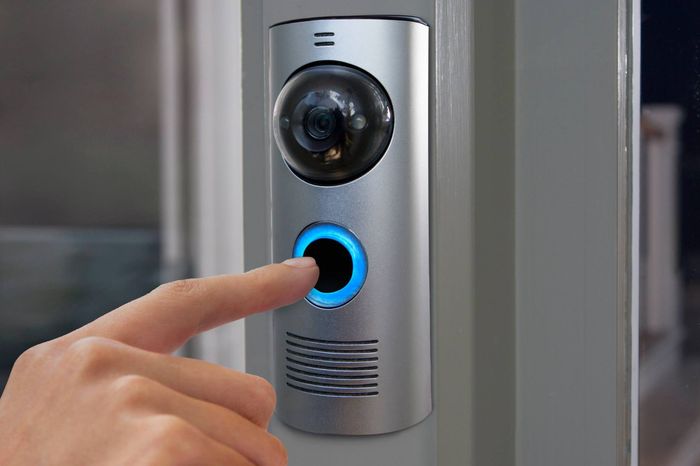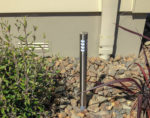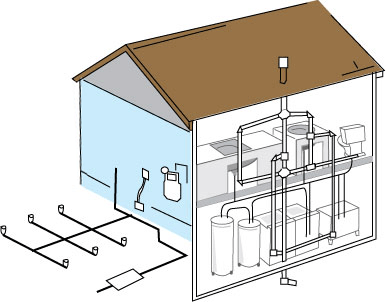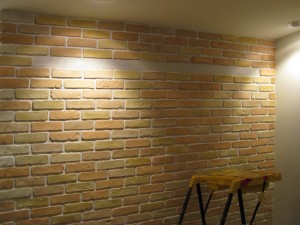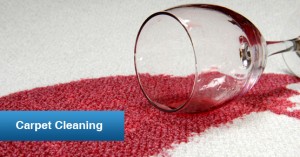
The best way to keep carpet looking good is with regular care and attention. Don’t allow the carpet to get too dirty before you take steps to freshen it up as some discolouration can become permanent. There are two stages to good carpet care regular maintenance and emergency treatment for spills and stains.
New carpet tends to shed fluff just after it has been laid. Vacuum clean initially then pick up fluff with a carpet sweeper or hand brush. After a week or two the carpet will have settled and you can vacuum clean it regularly.
All your carpets will benefit from a quick daily once-over with the carpet sweeper. The exercise is great for the operator and saves time later on weekly vacuum. Once or twice a week, vacuum cleans the carpet thoroughly. Make several passes over each section to remove embedded dirt and grit as well as surface dust.
Shampoo carpets at least once a year. You can buy a good carpet shampoo or rent an electric one. The main objective is to spread the foam shampoo evenly, working it well into the carpet without soaking it through. There are several very good carpet shampoos on the market, all used in a similar way.
1. Vacuum clean the carpet to remove all surface dirt. Some shampoos also suggest you pre-clean any really heavily soiled spots before doing the larger area.
2. Remove furniture from the room or place lunch wrap or tinfoil under the legs to stop them from getting wet.
3. Read the directions on the product fully. Apply the foam either from the spray can or with a shampoo as directed.
4. Allow remaining on the carpet for the time specified then vacuum away. This will remove all the hard-to-dislodge dirt along with the dried foam residue.
Most shampoos also recommend you test your carpet for colour fastness by using a small amount of the shampoo on an inconspicuous area. Any carpet product you use for the first time should be checked in this way. Always attend to spills as soon as they happen. If the spill is liquid, blot up as much as you can before it soaks into the carpet. Use white paper towels or tissues. Apply spot remover to the carpet and leave it on for a few minutes then blot or sponge the stain working from the edge to the centre of the area. Dry the affected area as fast as practicable, say by directing air from a hand held hair dryer, fan or small radiator at the spot. Lightly brush the pile when dry. Alternatively, use a dry carpet cleaner, a powdery substance that is sprinkled on the stain and sponged in then vacuum out.
Treating common stains
• Wines and spirits are removed by ‘dry cleaning”. Sponge the stain with dry cleaning fluid, refolding the cloth and moistening it with more fluid until the stain is removed.
• Most of the “sweet stain’s” such as fruit, soft drink, chocolate and sugar can be treated with a solution of 1 tablespoon of mild detergent in 1 cup of lukewarm water. Sponge onto the area and blot with a clean damp sponge or damp cloth. Repeat until stain is gone. 1/4 cup of white vinegar mixed with 3/4 cup of lukewarm water is sometimes effective on these stains. Sponge onto the mark, leave 2-3 minutes then sponge with clean water. Repeat as necessary then dry thoroughly.
• Oils such as fat, butter and lipstick should have the excess scraped off then the residue treated with a cloth soaked in cleaning fluid, blotting from the edges to the centre of the stain. After applying cleaning fluid, treat with carpet shampoo, foamed in water and sponged onto the area. Wipe off the foam and blot, and then sponge with clean water. Repeat as required. Do not soak the carpet.
• Chewing gum and candle wax can be rubbed with an ice cube to make them go hard. Scrape off with the back of a knife and sponge with cleaning fluid.
Remember that what works well on one kind of fibre may harm another so test any new cleaner or treatment on an inconspicuous part of the carpet. For impossible to remove stains, call in a professional cleaner and tell him what caused the stain and which treatments you have tried to get rid of it.
